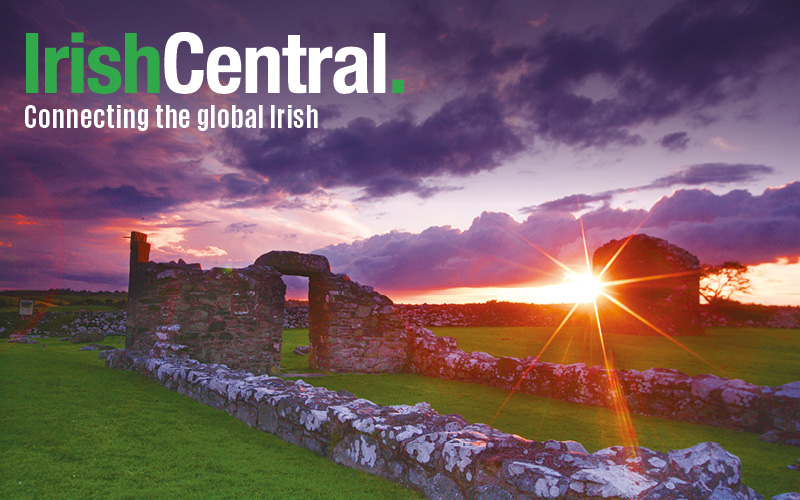Relic hunter and art historian Paul Koudounaris found and photographed dozens of skeletons in the world’s most secretive religious establishments, including the Catholic martyrs at the Roman catacombs.
In his new book, “Heavenly Bodies: Cult Treasures and Spectacular Saints from the Catacombs,” Koudounaris documents the remains of Catholic saints and martyrs dripping in gold, silver, and jewels. Some of the bodies took up to five years to decorate.
Koudounaris visited Churches across Europe hunting down the skeletons. However some were found in lock-ups and containers.
In the 16th century thousands of skeletons were dug up from Roman catacombs and installed in towns around Germany, Austria, and Switzerland on the orders of the Vatican. They were sent to Catholic churches and religious houses to replace those relics destroyed in the wake of the Protestant Reformation in the 1500s.
Known as the Catacomb Saints they became shrines to the spiritual treasures of the afterlife. They were also symbols of the Catholic Church’s new strength in Protestant areas of Europe.
By the 19th century the relics had become a morbid reminder of the Church’s past. Many were stripped of their titles and discarded.
Koudounaris, an LA resident, told the Daily Mail, “I was working on another book looking into charnel houses when I came across the existence of these skeletons.
“As I discovered more about them I had this feeling that it was my duty to tell their fascinating story.”
He continued, “After they were found in the Roman catacombs the Vatican authorities would sign certificates identifying them as martyrs then they put the bones in boxes and sent them northwards.
“The skeletons would then be dressed and decorated in jewels, gold and silver, mostly by nuns.
“They had to be handled by those who had taken a sacred vow to the church - these were believed to be martyrs and they couldn't have just anyone handling them.
“They were symbols of the faith triumphant and were made saints in the municipalities.
“One of the reasons they were so important was not for their spiritual merit, which was pretty dubious, but for their social importance.
“They were thought to be miraculous and really solidified people's bond with a town. This reaffirmed the prestige of the town itself…It’s impossible to put a modern-day value on the skeletons.”




Comments